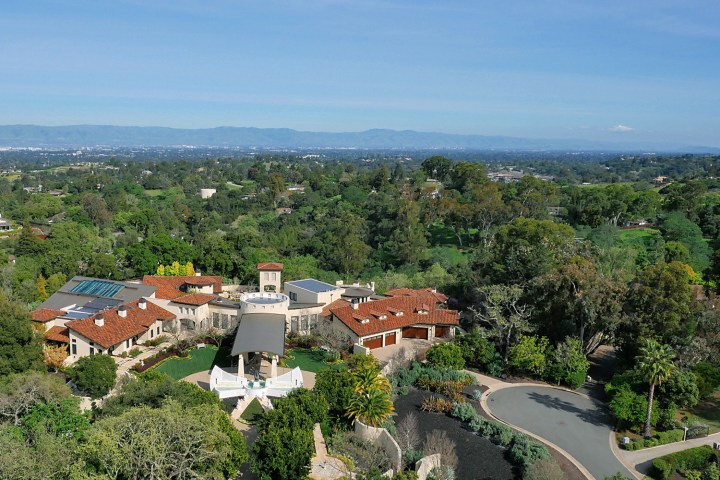Living in the lap of luxury seems to be a broadly shared American dream — after all, who doesn’t want to call an extravagant mansion his or her home? Indeed, million-dollar properties have captured the imaginations of folks across the country — shows like Million Dollar Listing and Extreme Homes feed our frenzy for seemingly unbelievable properties, while programs like Extreme Makeover: Home Edition make us feel all the emotions as we rejoice in the good fortune of deserving families and their new enormous houses.
If you want to take your obsession for mansions outside of your television screen and begin considering buying one of these impressive homes yourself, however, you’ll be interested in some new data compiled by Homes.com. The real estate portal has uncovered a series of the most common trends in luxury homes sales in 2017, with details about the amenities, price, and room count for all listings in the U.S. over that elusive $1 million mark. And the findings might be a bit surprising.
If you’re thinking about buying a million-dollar home yourself, you’ll probably want to head over to Indiana, the state with the biggest million dollar home in terms of square feet. On average, folks in that state who pay seven figures can expect homes of nearly 9,300 square feet — or about 20 tiny New York studio apartments put together. A close second is West Virginia, whose average home size in that price range comes in at just under 9,000 square feet. Unsurprisingly, all of the largest million dollar homes can be found in the middle and southern parts of the U.S. — Mississippi, Kansas, Arkansas, Alaska, Ohio, Kentucky, Missouri, and Louisiana round out the list as the top 10 states with the largest million-dollar listings. They’re all above 6,500 square feet.

So what do these homes have in common? The most common amenity is a swimming pool — 36.5 percent of expensive homes have a place for folks to cool off in the summer. 22.7 percent feature a bar, while 12.6 percent feature a gourmet kitchen. After all, if you’re living large, you should be eating and drinking large, too. Elevators were the fourth most common amenity, with just over 11 percent of homes featuring a lift, while 10.5 percent of these homes were waterfront properties (in which case, part of the value probably came from the land itself).

There were also a few notably unique features in certain states. For example, just over 3 percent of the million-dollar homes in Utah featured basketball courts, while nearly 12 percent of those homes in Arizona had saunas. 15 percent of pricey homes in Indiana boasted a movie theater, which was also a relatively common feature in similar homes in Oklahoma, Utah, Ohio, and Kentucky. Curiously enough, it seems that elevators were very useful in both South Carolina and Florida — in both states, around a quarter of these mansions had an alternative to stairs.

And if you’re curious as to what feature other than a pool or bar is the most common among million-dollar listings in your state, Homes.com has an interesting infographic for you to peruse. For example, you’ll find that in Iowa, the top feature was actually a farm, whereas folks in Arizona seem to enjoy dining in a breakfast nook.

So if you’re thinking about making a big purchase in the coming months or years, you may want to consider how far a million dollars will go, and what it will buy you in different parts of the country.



